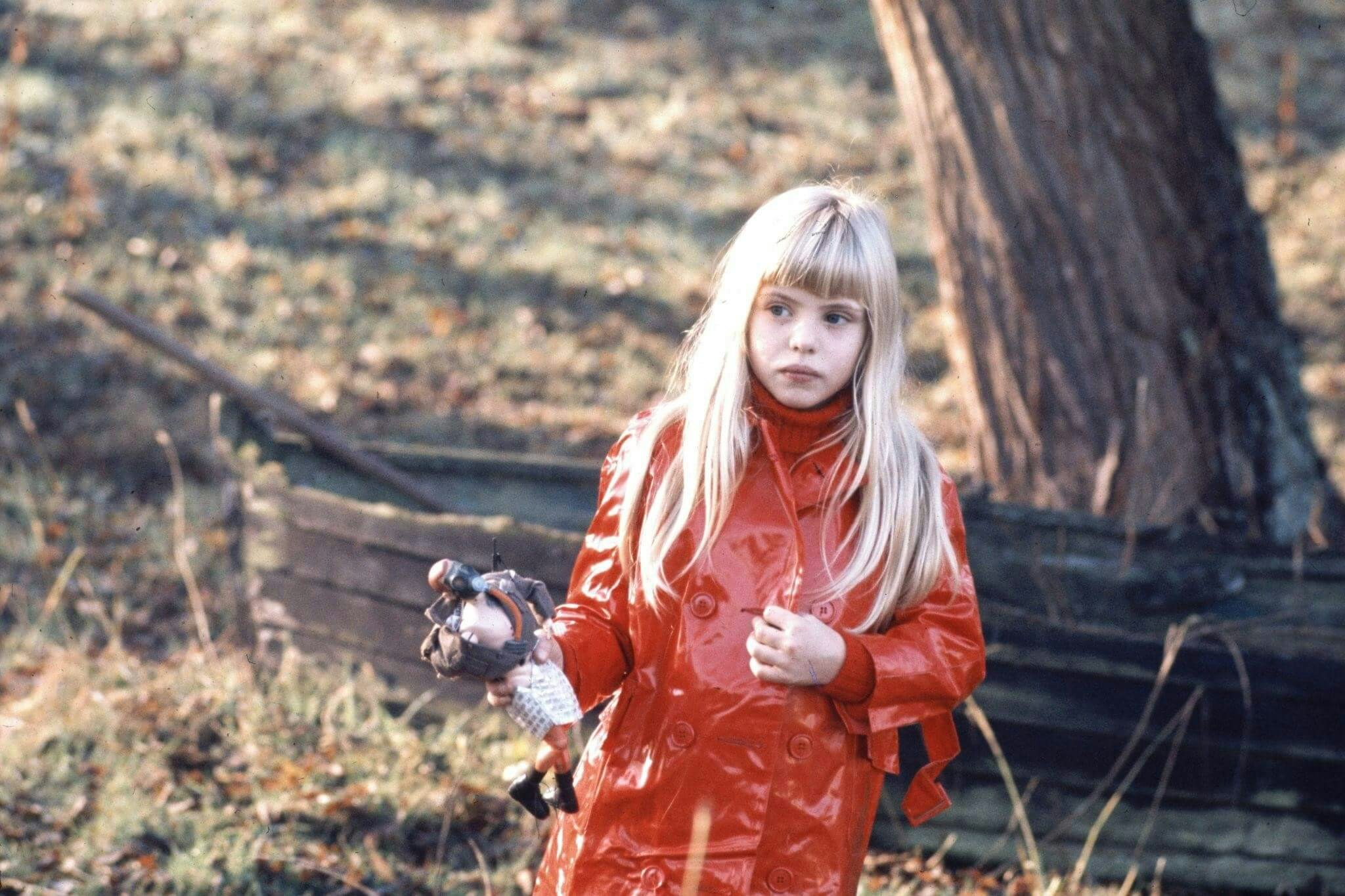
Horror revels in using metaphor to dissect the many fears of our daily lives. Vampires, ghosts, demons, and their varied paranormal brethren exist as prisms to refract our various concerns and find the painfully human inner truth. Sometimes, it’s just easier to deal with the dark forces of reality through the lens of the unreal. Few films prove the necessity of that thesis more than Don’t Look Now, an agonizingly real horror film that almost strips itself entirely of magic and mysticism to reveal there is nothing scarier than that which we all must face.
Director Nicolas Roeg, the filmmaker behind Walkabout, The Man Who Fell to Earth, and The Witches, knows a thing or two about fear. His unflinching approach to the grotesque and cruel markers of humanity has left a lingering effect on the past several decades of cinema. Fifty years after its release, Don’t Look Now, adapted from a short story by Rebecca author Daphne du Maurier, stands tall as not only his finest work but one of the scariest movies ever made.
The film opens with the seemingly normal lives of the Baxter family. John (Donald Sutherland) is planning his latest job. Laura (Julie Christie) is reading a book. The children are playing outside. It all seems innocent enough, except for the pervasive sense of dread. When their daughter Christine falls into the pond and drowns before her father can save her, this tragic death feels horrifically unavoidable to the viewer. As shown through Roeg’s calculated lens, with some of the sharpest editing in horror cinema, the moment is all-consuming in its anguish.
John and Laura head to Venice, where he is set to work on restoring a local church. They grieve in different ways but are both eager to close the chasm that has opened between them. At a restaurant, a blind woman claiming to be psychic says that she can “see” Christine by Laura’s side. She delves further into this otherworldly promise of a family reunion, but John rejects it as manipulative hogwash. Yet he cannot help but notice a childlike figure in a red coat traipsing through the city, a figure dressed exactly like Christine was when she died...

Grief is a common theme in horror, from The Innocents to Pet Sematary to Hereditary (Ari Aster is an evident descendent of Roeg in his merciless depictions of loss). It’s the most universal concept we have and the greatest unknown force. Death is seldom fair or predictable, which makes it ripe for artistic understanding. Sometimes, answers are found. In Don’t Look Now, all there is is oblivion. It’s not simply that you cannot escape death; it’s that it’s everywhere, quietly reminding you of its arrival in your life.
The picturesque canals of Venice are steeped in rot here, helping to establish a fine artistic tradition of making one of the world’s most beautiful cities a hub for absolute rot (see Death in Venice and The Comfort of Strangers for other prominent examples). John cannot help but chase the figure in the red coat, desperate for salvation from his own pain, while Laura is ready to abandon reason at the drop of a hat if it means seeing the impossible. But as the film makes clear, it’s all for naught. The hints at the supernatural are ambiguous — perhaps the blind woman is a clairvoyant — but almost inconsequential to the wider picture. You can try to reason with death, make bargains, or shout in its face, but there will only be one victor.

The intimacy of Don’t Look Now is almost unbearable. Laura and John’s relationship crumbles due to their respective approaches to their grief. It’s all the tougher to watch because the viewer is teased with the prior strength of their marriage. A love scene between the two, one of pure passion between longtime partners, is intercut with shots of the couple dressing afterward in a very normal manner. It’s clear they’ve done this countless times before, but doing so for the first time following the death of their daughter carries a different level of potency. We feel the pain of their separation, which they are for much of the film, because of this, and cannot help but feel like voyeurs to an unfolding tragedy. And that’s before the terror truly kicks in.
To watch Don’t Look Now is to go a little insane. John’s increasingly frantic scrambling through Venice, a stunning city that has never looked so desolate on screen, are the actions of a man out of step with reality. If this is what grief can do to a seemingly normal, intelligent man with all the privileges in the world, what will it do to us when our time comes? For John, there is no escape, and his endless chasing of an answer culminates in one of the greatest endings in horror cinema history. He must accept the inevitable, but that doesn’t come easily or fairly. What seems like such a ghastly twist ends up feeling fated. Don’t Look Now won’t let him evade it, or anyone watching. Grief, death, desolation… it comes for us all, and that is terrifying.







